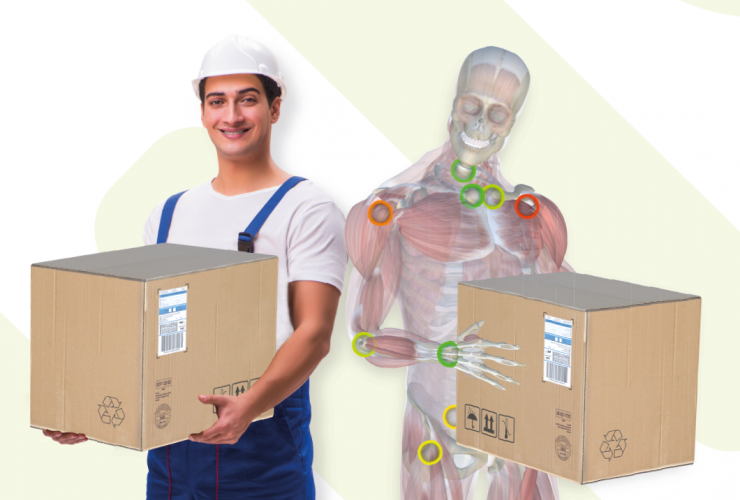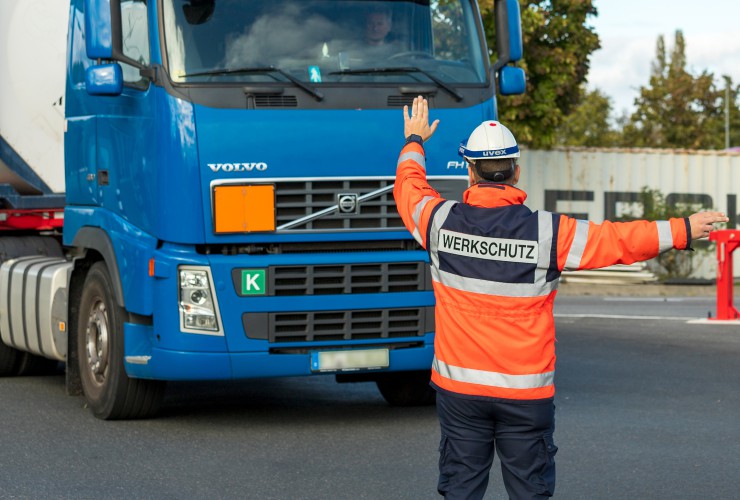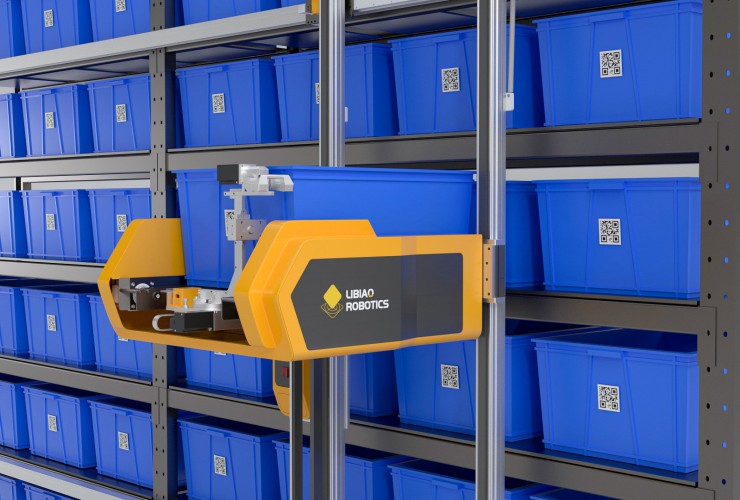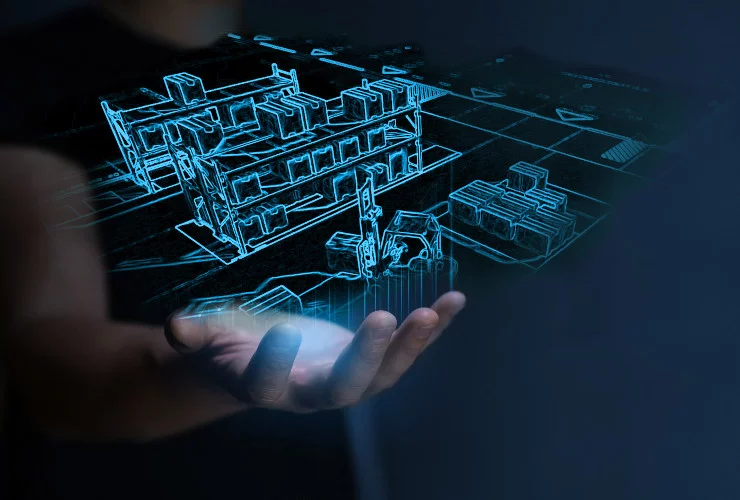The latest submission in the IFOY Award finalists to come under the microscope ahead of the announcement ceremony later this week is Computed MyoGraphy by Predimo.
Computed MyoGraphy is a tool for evaluating workplaces in terms of ergonomics and process efficiency. The unique technology is based on a digital human twin that allows you to look inside the human body and recognise what each individual muscle is doing. For the first time, it is thus possible to indicate overload as a key figure. The resulting advice reduces sick days and thus helps to counteract the shortage of skilled workers.
IFOY category: Start-up of the Year
IFOY Test Report
Computed MyoGraphy is composed of a hardware part and a software part. The hardware part consists of 17 IoT sensors that are worn over the work clothes with Velcro straps. These sensors are needed to record the movement of the worker. Based on the data thus obtained, a cloud application calculates the activity of each muscle and the load on the joints. In the visualisation software, these loads can be analysed to derive ergonomic recommendations. In combination with fully automated process and material flow tools or simple productivity verifications, precise key figures for ergonomics and productivity can thus be defined.
Due to the amount of data, ergonomics can also be correlated with productivity for the first time and it is shown that ergonomic workplaces automatically lead to personnel working faster. In intralogistics, the application is particularly useful in picking or packing areas.
Previous ergonomics analyses are based on a view of the human body and cannot look inside the body. This means that they cannot describe the overload as a key figure, but only approximately. With the help of certain joint angles, an attempt is made to describe this key figure: for example, working above shoulder height is bad, an inclination of the upper body of more than 30° is unergonomic. However, according to the current state of science, it is known that these currently common findings do not correspond to the real load. It often happened that previous ergonomic workplace optimisations did not lead to a reduction in lost workdays, but rather increased process efficiency or reduced picking errors, for example.
With Computed MyoGraphy, it is possible to define overload as a key figure that has a direct influence on lost work days, thus enabling a “real” ergonomic analysis. In the area of process analysis, state-of-the-art tools are used that can be used without integration into the IT structure. This gives Predimo a unique selling point in the field of health/ergonomics that is unparalleled anywhere else in the world.
IFOY test verdict: Computed MyoGraphy is a tool for evaluating workplaces in terms of ergonomics and process efficiency. The technology is based on a digital human twin that allows you to look inside the human body and see what each individual muscle is doing. This makes it possible for the first time to indicate overload as a key figure. With Computed MyoGraphy, fixed values and full transparency are available from which measures can be derived that really help and with which an ROI can be determined. Mainly in combination with process analysis, this results in insights that increase health, well-being, and productivity. The resulting recommendations reduce sick days and thus counteract the shortage of skilled workers. Health insurance companies are required to provide financial support for the analysis. The amount of support depends on the number of insured employees of the respective health insurance company and other factors in the company.
IFOY Innovation Check
Market relevance: In the foreground of the market relevance estimated by Predimo itself is the constantly increasing shortage of skilled workers. This is to be counteracted, especially in the field of logistics, with the help of the product Computed MyoGraphy. This is realised by a recording of the motion sequence of the employees, which is used as input data in a complete digital twin of the human motion (muscle) and skeletal (bone) apparatus for an evaluation of the body loads. By optimising processes regarding to less body-straining procedures, the health of the workforce is sustainably promoted. Sickness and absenteeism can thus be reduced.
Customer benefit: Both for the companies and their employees, the process flow can be optimised, occupational health and safety is effectively supported and, at the same time, an increase in performance is usually achieved. An analysis of the individual body loads is here the basis for an evaluation of the current processes. This analysis is carried out by Predimo as a service provider and offers the very great advantage that detailed results are obtained for the areas of health, occupational safety, process design and performance evaluation, which can reveal valuable optimisation potential for both the employee and the company.
Novelty / Innovation: The innovative leap consists, on the one hand, in the construction of an extensively complete digital twin of the human bone and muscle apparatus, which, in conjunction with adapted simple measurement sensors, permits a comprehensive and detailed load analysis of the human body. The data required for this is obtained via the sensors directly during the process and then analysed. The unique selling point here is that the analysis is virtually placed inside the body and the effects on the musculoskeletal system are examined directly.
Functionality / Type of implementation: For the measurement, only a few sensors need to be installed on the test person and these are little disruptive during the workflow. Then the digital twin with the test data is activated via a software tool. The analysis of the results requires solid expertise and is carried out here by Predimo as a service provider.
Verdict: Predimo’s Computed MyoGraphy is primarily a newly constructed digital twin of the human bone and muscle apparatus. This, in turn, is linked to movement data recorded by acceleration sensors from the person to be analysed in the course of his or her operational activities. The result – manually evaluated by experts – is a load profile of the employee’s musculoskeletal system. Furthermore, the risk potential is analysed, a structured process analysis of the activity is carried out, and a performance evaluation is performed.
Market relevance Ø
Customer benefit ++
Novelty / Innovation ++
Functionality / Type of implementation +
[KEY: ++ very good / + good / Ø balanced / – less / — not present]











